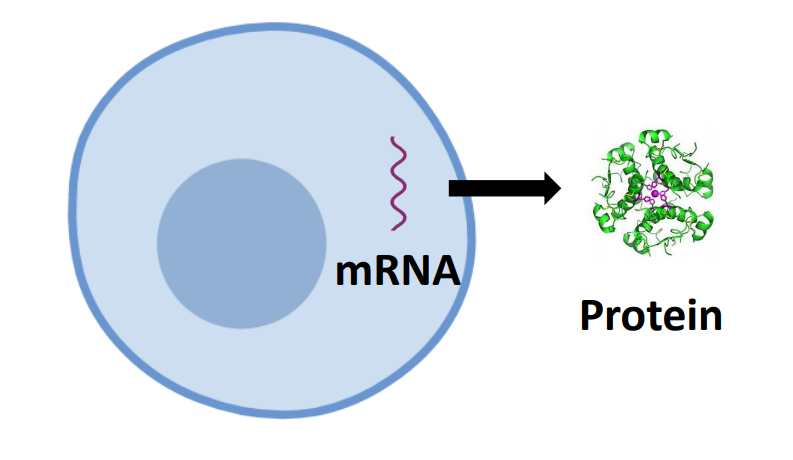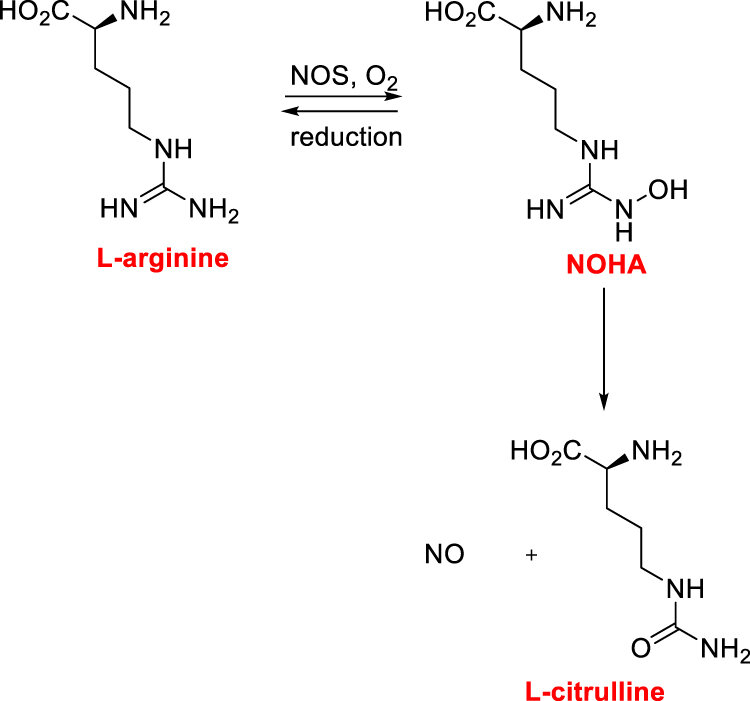Postdoctoral Research Overview
Biomaterials are natural or synthetic materials used in medical applications to support, enhance, or replace damaged tissue or a biological function. Silk fibroin is an advantageous biopolymer due to its favorable properties, including good biocompatibility, biodegradability, and bioresorbability.
Mariah started her Postdoc in Dr. Kaplan’s Lab in June of 2024. She joined as a Tufts IRACDA Fellow.
Ph.D. Research Overview
Messenger RNA (mRNA) therapeutics have the potential to treat any disease with a genetic basis. This is because mRNA is the intermediate in the production of proteins, and disease states are often caused by a dysregulation of proteins. Therapeutic mRNA is very powerful as 1) there are natural pathways by which mRNA is degraded in the body, and 2) delivery of one mRNA can result in multiple copies of the protein of interest. Successful mRNA delivery can lead to therapeutic treatments like cancer immunotherapy, cellular reprogramming, protein replacement, and vaccination. The use of mRNA lipid nanoparticles gained much attention in 2020 as they were used by Moderna and Pfizer/BioNTech to create vaccines against COVID-19.
Mariah began her Ph.D. studies in August of 2018 in Dr. Whitehead’s Lab. She entered the lab with an NSF GRFP and started work on mRNA lipid nanoparticles. In 2022, Mariah received an NRSA NIH F31 from the National Institute on Aging to study the delivery of lipid nanoparticles.
Below is a summary of the skills and research Mariah has completed so far. Mariah is highly collaborative with her coworkers and has enjoyed the privilege of working on many projects. Some unpublished work is not detailed here but will be added as soon as it is available.
Synthesis of New Materials for Lipid Nanoparticles
mRNA Lipid nanoparticles are typically made of five components. The first is the lipidoid, which is a synthetic lipid that often dictates the lipid nanoparticle’s efficacy, biodistribution, and immunogenicity. Since the start of her Ph.D. Mariah has worked as one of the Whitehead Lab’s chemists. During the second year of her Ph.D., she became the lead chemist of the group, with the responsibility of synthesizing new material that members of the lab needed for their projects. Throughout her Ph.D. Mariah has continued to gain knowledge in organic synthesis, purification, and chemical characterization techniques. To date, Mariah has synthesized over 50 new compounds and maintained the stocks of the group’s large lipidoid library.
The other components of lipid nanoparticles are the helper lipid which assists in the nanoparticle structure and ability to deliver its payload. Lipid nanoparticles also have the small molecule cholesterol which is added to the martin structure. Lastly, there is the PEG (polyethylene glycol) lipid and payload of mRNA. The PEG-lipid assists in the circulation time and size of the nanoparticle.
Mariah has contributed to several ongoing Whitehead Lab papers with her chemistry skills. When completed, the papers will be listed below.
Efficacy and Specificity of mRNA Lipid Nanoparticle
Along with the synthesis of materials for mRNA delivery, Mariah works on screening and characterizing lipid nanoparticles. Mariah applies both in vitro (cell culture) and in vivo models to understand the delivery efficacy and specificity of mRNA lipid nanoparticles. Delivery efficacy of mRNA lipid nanoparticles is typically accessed by the production of a protein after the mRNA is delivered. It is widely accepted that higher protein production equates to superior mRNA delivery. The specificity of mRNA lipid nanoparticles relates to what organs and cell populations the mRNA is delivered to. Each lipidoid and helper lipid combination will dictate a specific efficacy and specificity. Understanding what those are for new compounds can assist in the creation of new therapeutic treatments.
Mariah has contributed to publications on the replacement of common helper lipids (DOPE) to alter organ specificity to deliver to reticuloendothelial organs (liver, spleen, and lungs). In addition, she has assisted in investigating how mRNA base modifications and lipid nanoparticle chemistry alter mRNA delivery outcomes. More recent work has explored delivery to non-reticuloendothelial with delivery to the pancreas.
Publications
Drug Delivery for Pregnant People
Many physiological changes occur during pregnancy that impact drug delivery outcomes for the pregnant person and fetus. This is true for both small molecules and nanotherapeutics. Mariah has assisted in research investigating lipid nanoparticle delivery during pregnancy.
A recent publication from the Whitehead Lab demonstrated that lipid nanoparticles do not cross the placental barrier and non-immunogenic lipid nanoparticles do not affect pup health. Another paper investigated different sizes and shaped molecules to understand the limits of the placental barrier.
Publications
Collaboration Research
Mariah has had the privilege of engaging in collaborative research during her Ph.D. studies. She has worked with Dr. Jake Brenner at the University of Pennsylvania, and Dr. Siyang Zheng at Carnegie Mellon University.
Inclusive and Accessible Engineering Education for Disabled Students
Ableism is a barrier to accessible engineering education. Since Section 504 of the Rehabilitation Act of 1973 mandated equal access to postsecondary institutions for people with disabilities, there has been pushback. Improvements have been made through laws, research, and activism, but there are still many steps we must take to further the accessibility and inclusion of disabled students in educational environments. As a disabled student, Mariah is committed to contributing to the engineering education literature on this subject. She has been invited to give a keynote presentation and has two papers accepted on the topics on accessible education for disabled student and neurodiversity. Mariah will also be inducted into the University of New Hampshire Diversity Hall of Fame in the Fall of 2022.
Publication
Previous Undergraduate Research
NSF REU at Vanderbilt - Scott Guelcher and James E. Cassat
Staphylococcus aureus is a common bacterium that can infect fractures and cause serious bacterial infections. Chronic infections can be attributed to the presence of bacterial cell communities that are tolerant to clinically relevant treatments. These communities can be defined as biofilms and are related to 80% of human infections. The goal of our experiments was to understand if and when tolerance develops to the treatment of vancomycin and rifampin on 2D and 3D convex substrates in an in vitro biofilm model.
Time depended formation of a biofilm onto the bone surface from planktonic bacteria cells
A Biosensor for NOHA - University of New Hampshire - Jeffrey Halpern
Oxidation of L-arginine to L-citrulline involving NOHA as a key intermediate.
Electrochemical detection is an established, cost-effective method that is able to successfully detect low levels of analyte concentrations. In many diseases, the urea cycle is disrupted. Monitoring of this disruption could be used as a diagnostic along with other markers to indicate a disease state. N G-Hydroxy-L-arginine (NOHA) is a stable intermediate product in the urea cycle. As one of the few electrochemically active species in the urea cycle, NOHA shows promise as a biomarker for monitoring disruptions in this biochemical process.
Mariah’s previous work was on characterizing the electrochemical detection and elucidating the electrochemical mechanism of NOHA. In her work, she was able to detect NOHA at clinically relevant concentrations.
Publications
Some images were created using BioRender.





